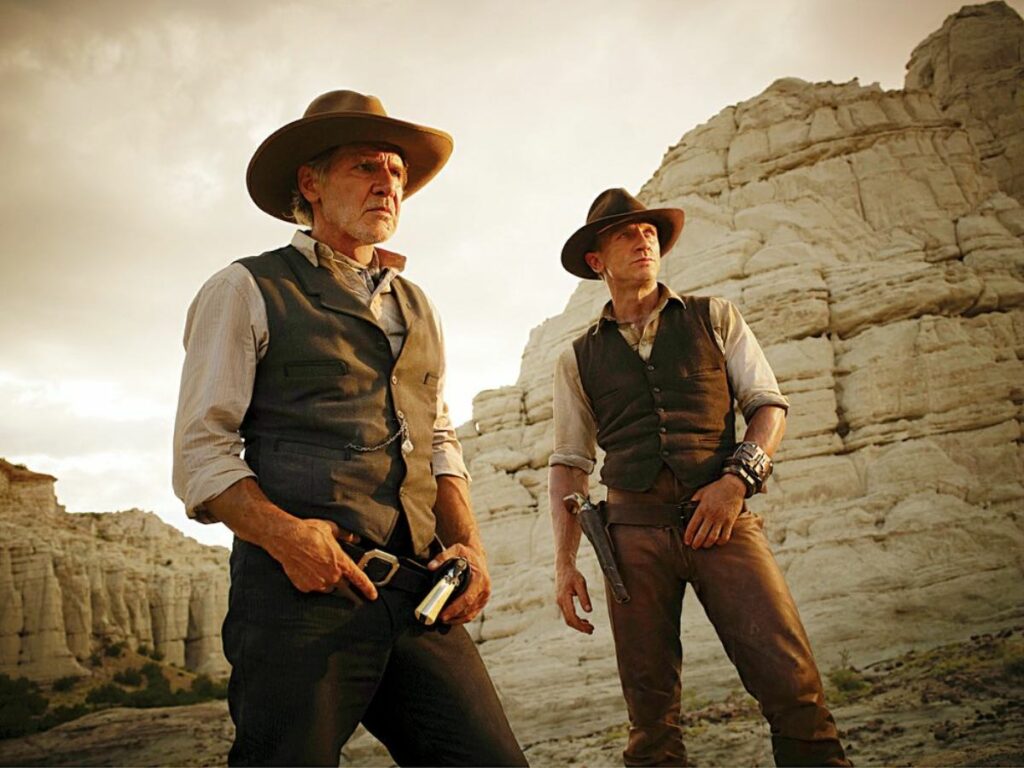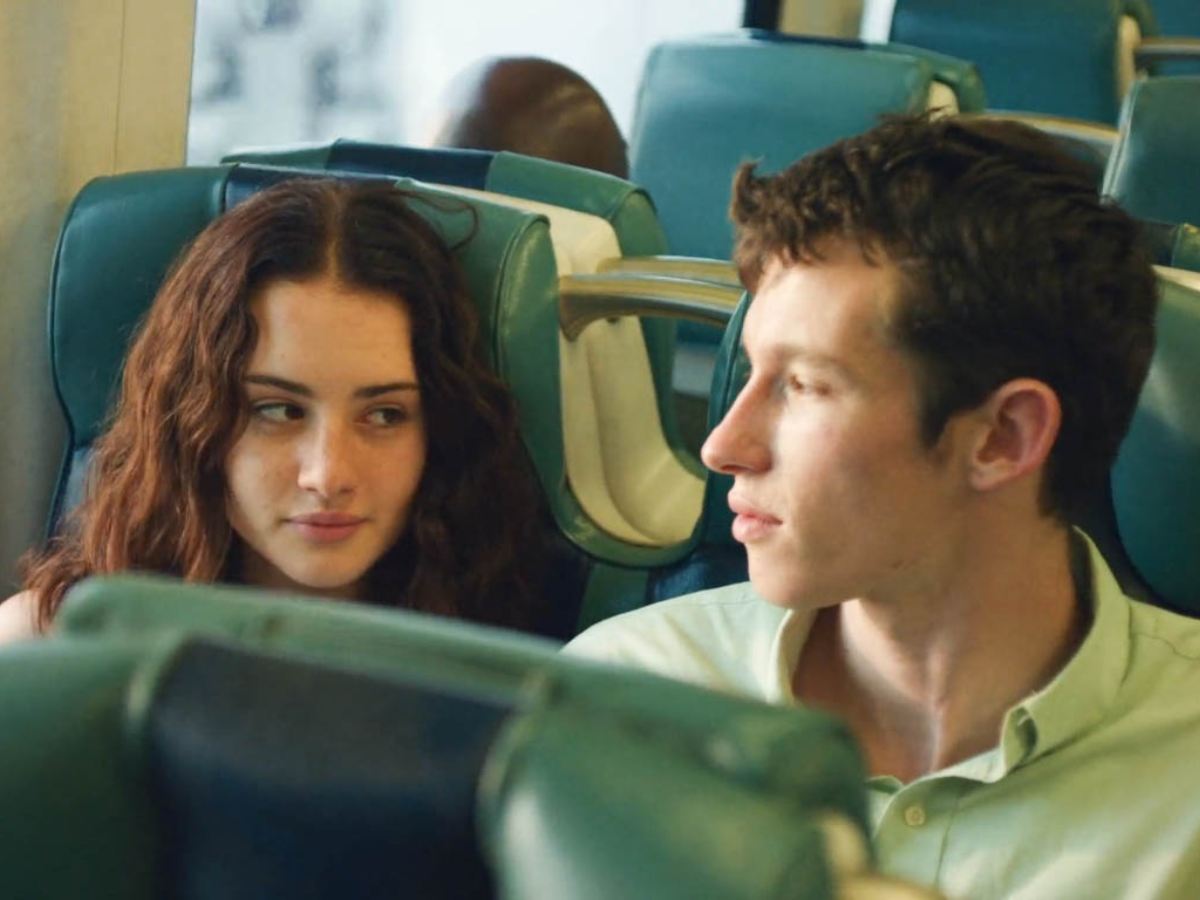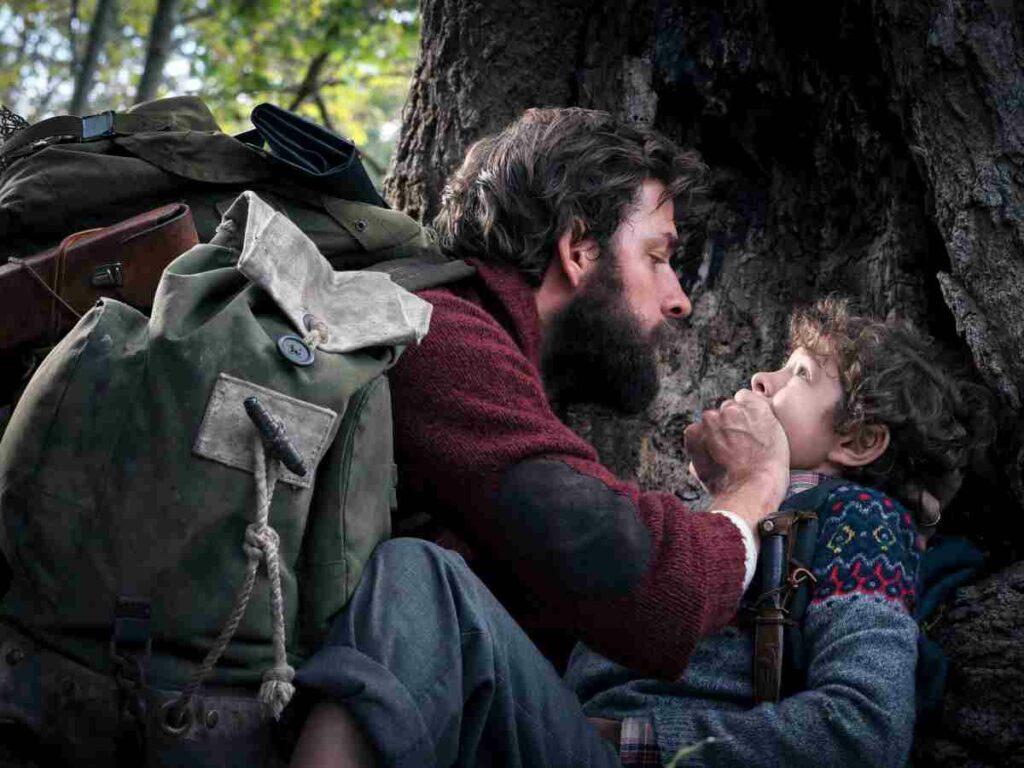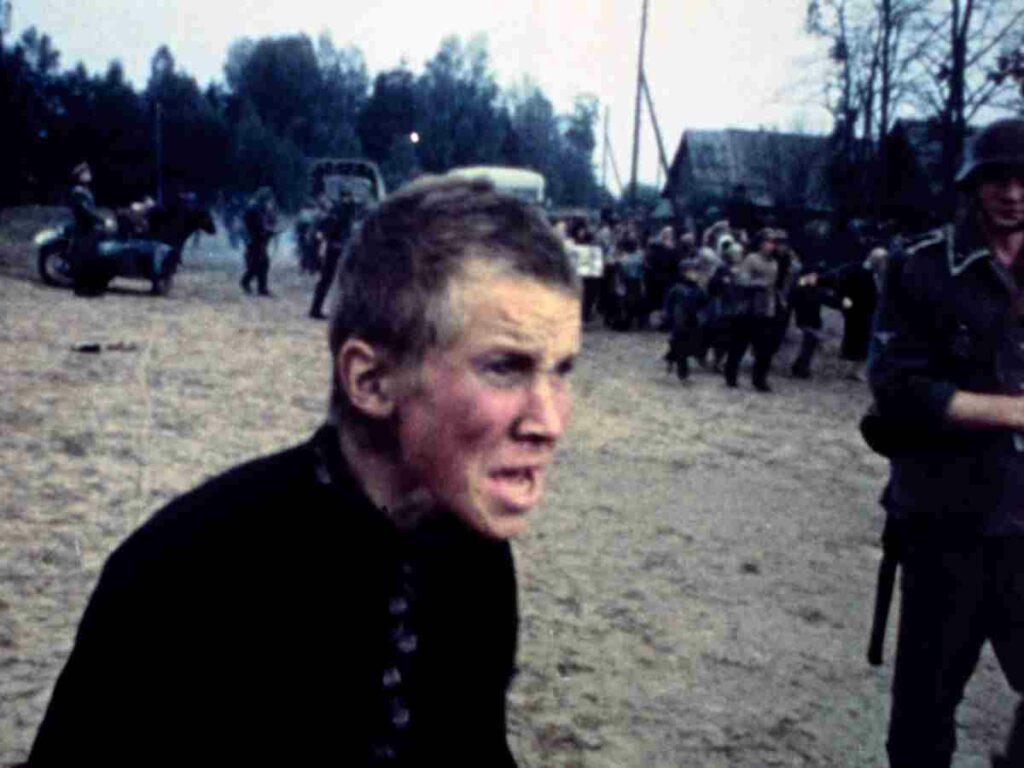Picture this: it’s a triumphant moment for the protagonist in a film, and the camera frames them from the waist up — hip cocked, confident and secure as they look out at the audience. If the kind of set-up that I’m describing sounds familiar, then you’re probably thinking of the cowboy shot.
One of the most ubiquitous shots used in filmmaking, the cowboy shot is a great device to showcase the actor against the background, focusing on their body language and expressions without cutting to a close-up repeatedly. Pioneered by filmmakers within the Western film genre, it has a long history of being associated with heroism, machismo and strength. However, as cinema and audiences have evolved, so has the association with this shot. Let’s take a look at its origins and use in modern cinema.
What is a Cowboy Shot?
The cowboy shot derives its name from the Western films of the early twentieth century, when filmmakers would often use it to frame the hero in a position of dominance and superiority. It was especially popularized by artists like Howard Hawks and John Wayne. In fact, it was so synonymous with American cinema that the shot was referred to as the “American shot” (plan américain) in French film criticism.
It is helpful to think of cowboy shots as a middle ground between a medium shot and a wide or full shot. The idea is to frame the subject from the waist up in a position that reinforces their superior position. Usually, this showed the heroes with weapons at their hip. This was especially useful in the western genre, as it called for its protagonists to be portrayed as near invincible heroes. The heroes of such stories were mostly cowboys, law enforcers or bounty hunters, and this kind of camerawork helped emphasize their physicality and dominance on screen.
What Is A Cowboy Shot Used For?
As I mentioned previously, the cowboy shot falls somewhere between the medium shot and the full shot. Thus, it allows for a balance between the subject of the frame and the background. It allows the filmmaker to convey the emotions of a scene through the actor’s stance, expressions and the camerawork, without having to resort to dramatic close-ups. In the era of westerns, this balance between background and actor was especially useful, as it allowed the rugged scenery of these films to shine.
Often, the camera is placed at such an angle that it is not a straightforward shot. Rather, a slightly lower placement of the camera gives the effect of the audience looking up to the primary subject of a cowboy shot, which reinforces the idea of their heroism, power and strength.
Paired with the history of cowboy shots in westerns, the mid-waist to hip framing allows the audience to see crucial actions such as the drawing of guns or other weapons. In a genre that was largely dominated by gunslingers and duels, this proved to be an indispensable plot device. Thus, it is also a great way to draw focus towards other important elements in a scene.
In modern cinema, it has found revived usage in the superhero and action genre for obvious reasons. As I mentioned above, the shot has long been associated with heroism and power, and filmmakers have used it to imply gravitas and superiority for their characters. However, the shot is not one-dimensional. It can be used in a variety of ways to convey fear, anxiety, dread and finality. Modern takes on the cowboy shot have been used in multiple contexts that add a new meaning to an oft-used cinematic fixture. Let’s take a look.
Iron Man (2008)
One of the most memorable superhero origin films of the century, Iron Man uses the cowboy shot to evoke its classic connotations of strength and might. Note the scene below, in which Tony Stark flies to Gulmira to fight off terrorists. At this point in the story, he has yet to face any real challenges as his superhero persona. So, as he fights the terrorists, the camera frames him from the waist up, focusing on the action and the blasts of energy from his repulsors. When he struts away from the scene of crime (at the 2:54 mark), the camera continues to frame him in that way. It allows us to see what he’s capable of as he fires off his repulsor without breaking his stride. Thus, the cowboy shot is used here in its traditional manner, to establish the hero of a story.
Skyfall (2012)
Here’s yet another example of the cowboy shot’s long standing association with action, violence and masculinity. James Bond exemplifies a quintessential aggression that is the key to decoding his status appeal. However, newer iterations of the character have depicted him in an ambiguous light, bringing in shades of amorality and vulnerability to an otherwise deified character. Let’s take a look at this still from the film. Bond is shown in the classic hero stance, with a gun cocked and ready to shoot. However, the framing of this shot also draws attention to the antagonist in the back, positioned in almost the same way as Bond.
This not only establishes a visual similarity among the two foes, but also depicts the complex power dynamics among them. One could read it as an analogy of the antagonist bringing out the hero’s worst impulses, or as controlling them in a subtle manner.

The Power of The Dog (2021)
Jane Campion’s The Power of The Dog redefines the figure of the all-American cowboy, and contains plenty of callbacks to the classic cinematography and themes of films depicting the Old West. However, as the film portrays its central character, Phil Burbank, as a vicious bully, the cowboy shot is used to emphasize his dominating nature. Instead of the positive connotations of heroism and strength, the camera highlights the flipside of such toxic masculinity.
Consider this scene where Phil rides with his adoptive nephew, Peter. While their similar positioning on the horses may hint towards a burgeoning relationship between them, one can notice the difference in their stance. Where Phil is relaxed and physically imposing in the foreground, Peter recedes in the background under his dominant shadow. This simple shot tells us all we need to know about their relationship.

Nightcrawler (2014)
A film about a morally detestable freelance journalist hardly sounds like an apposite fit for a shot that is supposed to enhance the positive attributes of its characters. However, Nightcrawler uses the cowboy shot to frame its protagonist, Louis Bloom, in such a way that it emphasizes his power over those he exploits. Take a look at the still below: armed with only a camera, Bloom looks meek, frail almost. He nearly blends into the dark background and is only illuminated by the flash of the camera. This ties in to the themes of unethical journalism and exploitation, which the story explores.
The visual subtext is such that despite not being a traditional hero, or a menacing villain, Louis Bloom is framed as a threat or a predator of sorts, with his camera being his weapon of choice.

Batman vs Superman: Dawn of Justice
Like I mentioned before, the cowboy shot finds great appeal within the superhero genre, as it frames the subject in a heroic light. However, where traditional westerns used to frame the singular hero as the primary hero in the shot, superhero films deviate from the norm. As most of such films these days are characterized by team-ups and crossovers, the cowboy shot is generally expanded to show the hero and their allies teaming up.
This frame from Batman vs Superman is a classic example. Depicting the titular heroes flanking Wonder Woman, it precedes the climax of the film. These three characters have finally set aside their differences and are ready to fight together; the usage of this shot perfectly captures this triumph and excitement that this moment conveys.

Kill Bill: Vol 1
There is hardly a Tarantino admirer who does not know of his love for westerns. Indeed, many of Quentin Tarantino‘s plots pay homage to the lawless Old West, while some of his figures seem straight out of the frontiers themselves. One such iconic persona, The Bride a.k.a Beatrix Kiddo, in Kill Bill Vol 1 brings to life all the machismo and aggression associated with the cowboy shot. Consider this scene that appears towards the climax of the film. Beatrix is surrounded by members of the Yakuza, with only her sword to defend herself.
However, she is not framed as outmatched, or even nervous. The shot shows her poised and ready to take on her opponents, just like the classic gunslingers that dominated the genre. Such powerful framing causes the audience to anticipate, and even enjoy the bloodbath that The Bride leaves in her wake.
Conclusion
Francis Ford Coppola once famously remarked that “filmmaking— as, probably, is everything — is a game you should play with all your cards, and all your dice, and whatever else you’ve got.” Even though the cowboy shot is associated with a particular genre and context, it can be elevated by using it in tandem with classic cinematography techniques. When combined with certain shots like low-angle shots, or the Dutch tilt, it can completely alter the tone and texture of a scene.
With modern filmmakers choosing to subvert its classic associations with action and aggression, using this shot is a great way to establish the visual texture of a scene while exploring power-dynamics between the characters. Goes without saying, it is an exceptionally versatile tool to have in your repertoire.




